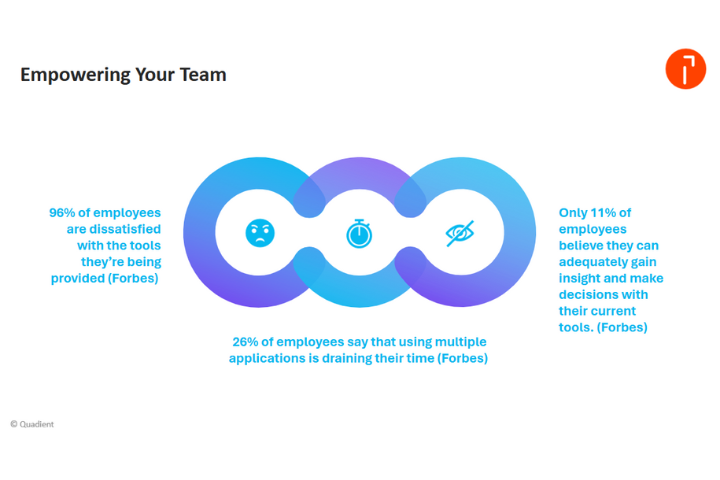
Last month, Bank of America became the latest financial institution to sound the warning bell about a potential economic downturn, predicting a mild recession later in the year. Deutsche Bank, Goldman Sachs, and Nomura have made similar predictions. While effective forecasting is always a tricky business, enough experts are raising concern that businesses are looking for ways to protect themselves should the warnings prove accurate.
Accounts payable plays a significant role in setting a company up for success, tied as it is to an organisation’s cash flow.
Gaining Greater Transparency
Attempting to manage your cash flow without transparency into the accounts payable process is like trying to walk a tightrope blindfolded. If you don’t have a clear picture of your debts and when they need to be paid, it becomes impossible to allocate money to things like growth initiatives.
A manual approach to AP severely limits visibility. Paper invoices cannot be tracked, and can also be easily lost in the mix of papers that fill the average inbox upon receipt or during the approval process.
Even if time is taken to input the invoice information into digital accounting software, the information must be manually entered, increasing the likelihood of error. Absent a centralised, cloud-based solution, the information then runs the risk of becoming siloed.
Adopting an automation solution provides a wholistic view into your accounts payable, from the moment an invoice is received until it is paid. That means that you always know what you owe, what stage it is located in the system and when it is due.
Not only does this help you effectively allocate funds, but it also helps prevent late fees that can place your cash flow under stress.
As mentioned, a lack of visibility can lead to delayed invoices. This, in turn, can lead to an erratic outflow of funds, with multiple disbursements taking place at the same time. Using automation software increases efficiency, producing an even distribution of funds and eliminating sudden cash spikes.
Measuring Your Average Payable Period
It is also important to keep a close eye on metrics like your average payable period, which tracks how long you use your trade credit before making a payment. There’s a delicate balance to strike here.
While you want to avoid paying late, damaging vendor relationships and incurring extra charges, you also want to cling onto your cash as long as possible. A longer average payable period means you are maximising trade credit and getting the most out of every dollar.
Two equations will help you calculate this figure:
- Start by calculating average daily purchases on account by dividing your annual purchases on account by 360.
- To find your average payable period, divide your accounts payable balance by your average daily purchases.
When you review the numbers, the benefits of holding onto your money become evident. Imagine an average daily purchase of £100, and a typical average payable period of 15 days. Extending that number to 30 days would result in deferring £1500 in cash flow. During economic uncertainty, every extra penny is valuable.
Establishing Leverage
Companies offering financial incentives for early payment are the exception to the rule. In these cases, full transparency is useful to determine which invoices take precedence.
Having an end-to-end view also helps ensure that your vendors are adhering to your service level agreement (SLA). And by automating the process, you can quickly match purchase orders to invoices and identify errors.
Automation also supports cash flow by generating timely payments that strengthen vendor relationship management, potentially leading to more favourable rates.
All of these things have a positive impact on cash flow, helping ensure that you don’t pay too much and that you are receiving the best possible rates from your providers. This not only encourages money to keep moving but guarantees that each dollar is being used to its full potential.







